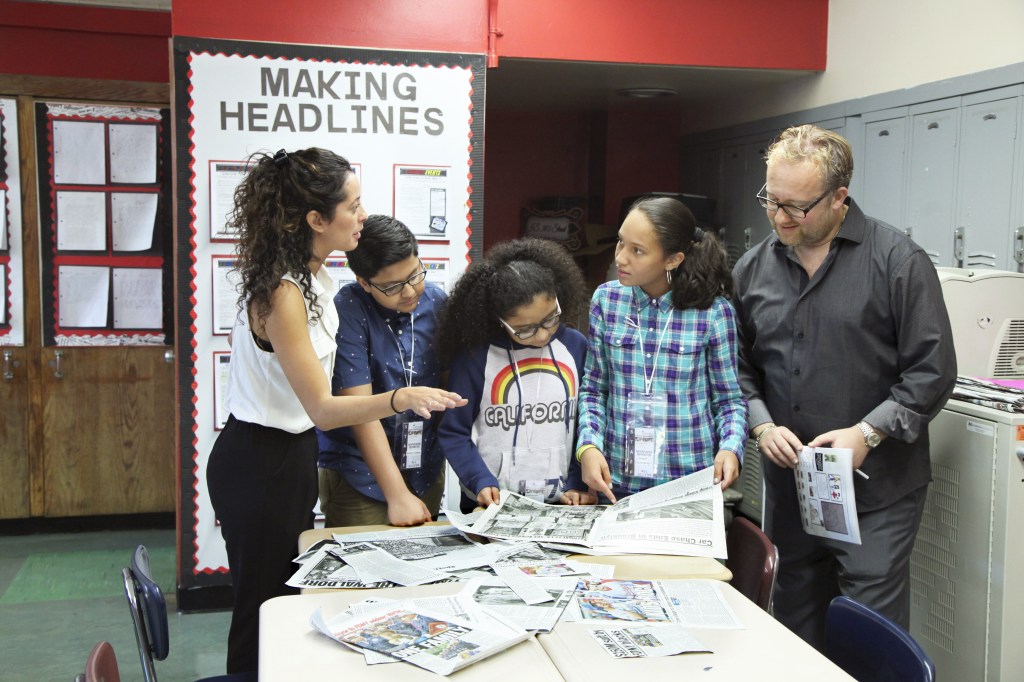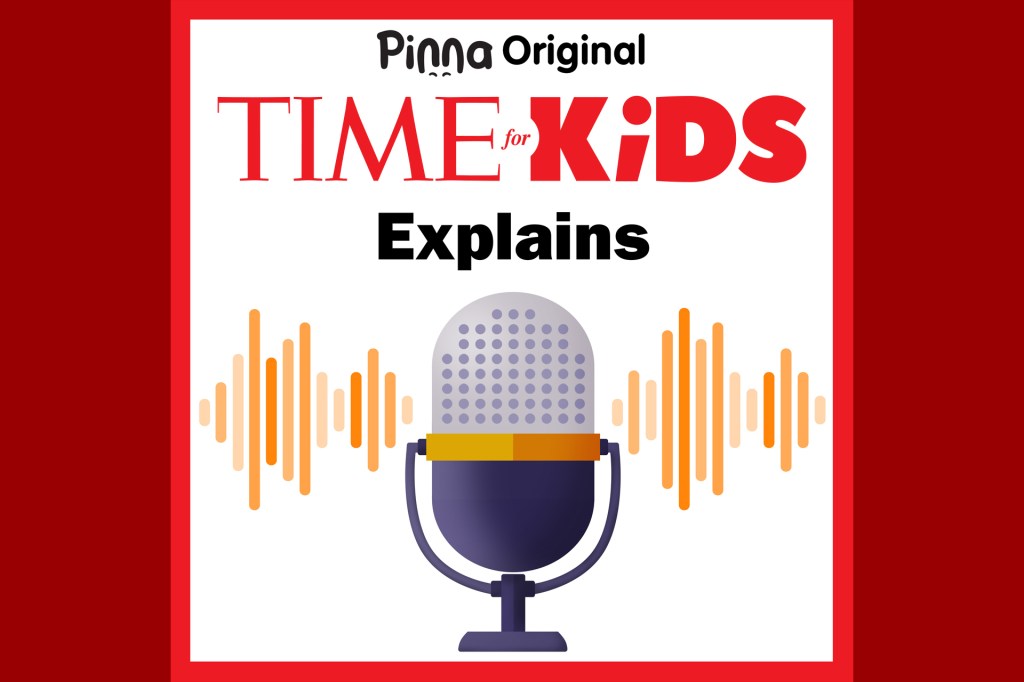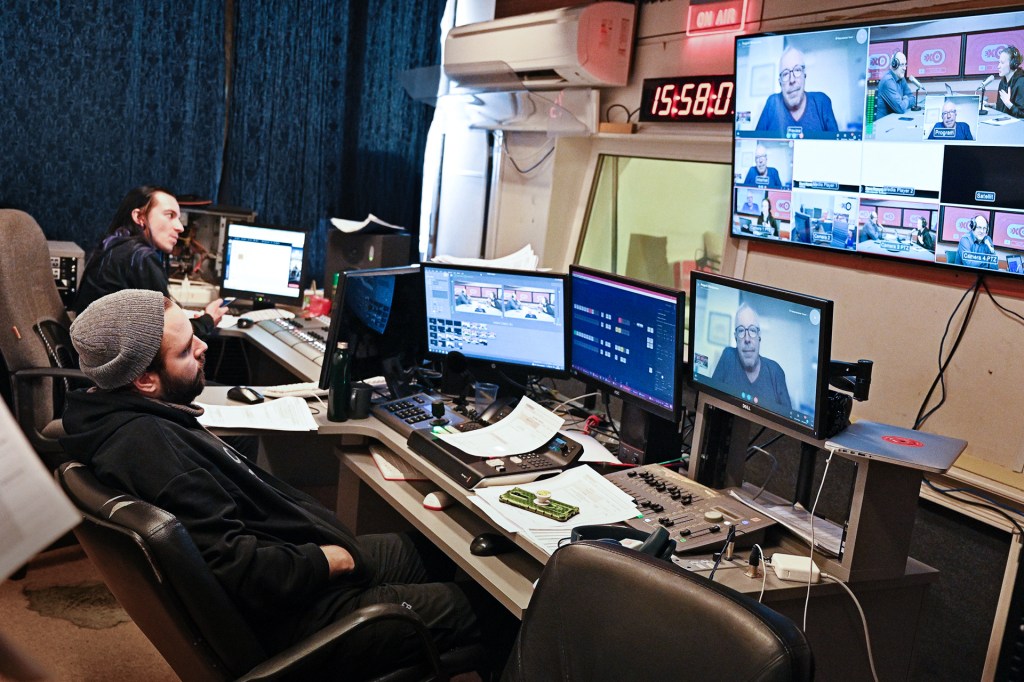Making Sense of the Media
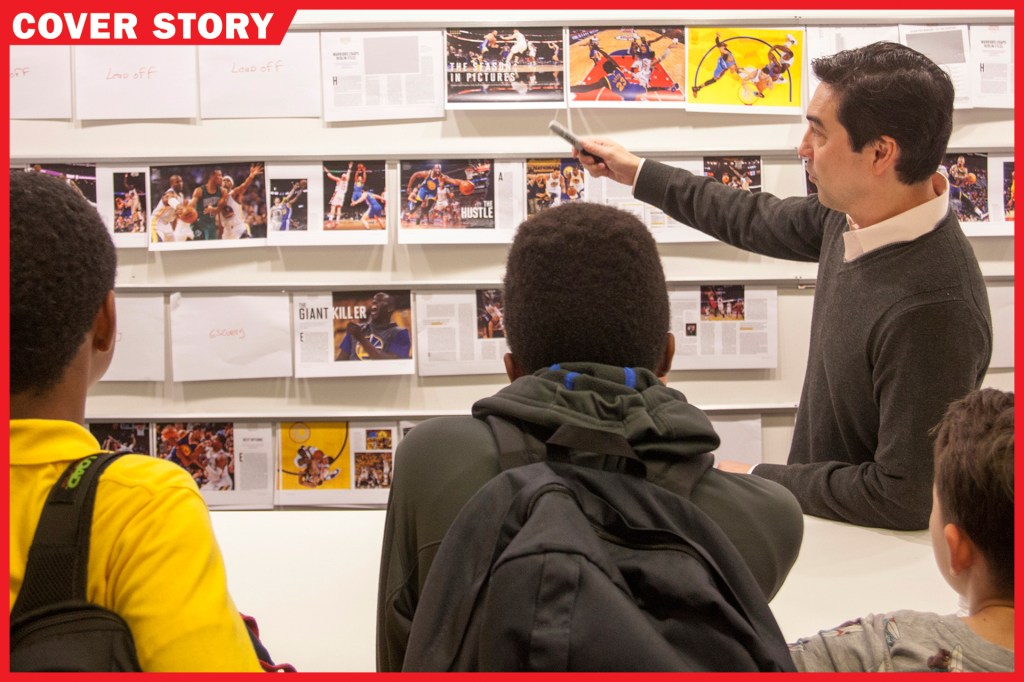
Students at Capital Preparatory Magnet School, in Hartford, Connecticut, are watching a video of a basketball drill. “Keep track of how many passes the players dressed in white make,” Marcus Stallworth, a media-literacy educator, tells them. Many of the kids correctly tally the number of passes. But they don’t notice a man in a bear suit who moonwalks across the screen.
Why did so many kids miss the large, furry bear? That’s exactly the question Stallworth asks them. The answer, he says, tells us something important about the purpose of media literacy.
For Stallworth, cofounder of a group called Welcome 2 Reality, the video reveals that people miss much of what’s going on around them. And that doesn’t just apply to moonwalking bears. “It’s the same when we’re reading information online,” he told TIME for Kids. “It’s important to be aware of the messages, and the ways authors are trying to capture our attention.”
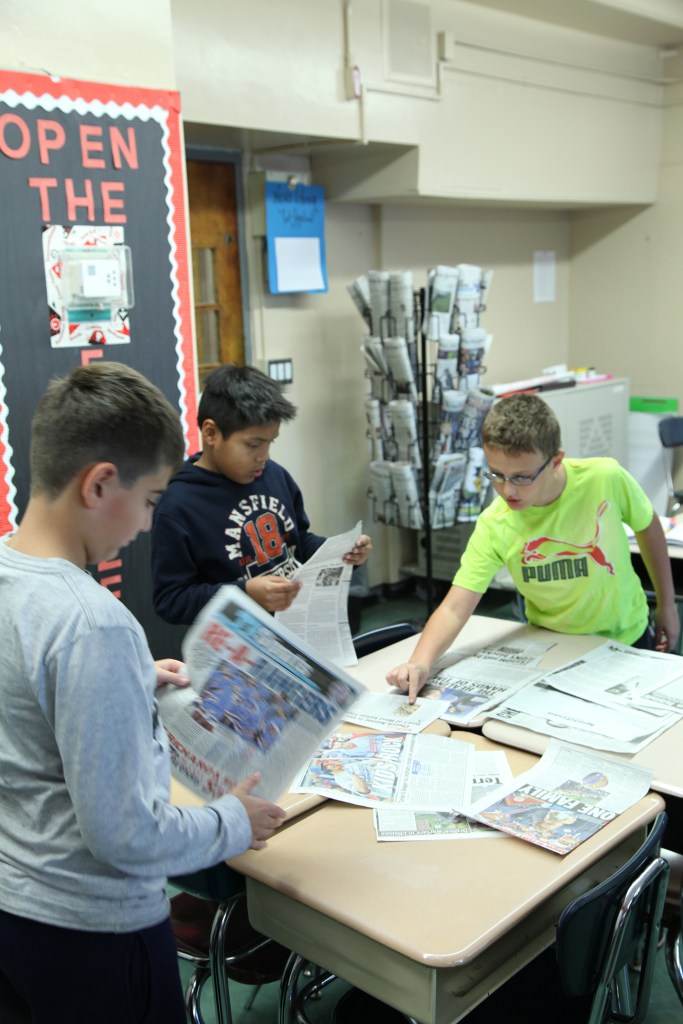
BREAKING NEWS Media literacy helps kids identify trustworthy news sources.
NATAKI HEWLING FOR TIME FOR KIDS
Stallworth worked with Connecticut lawmakers to craft and pass two of the country’s most far-reaching media-literacy bills
bill
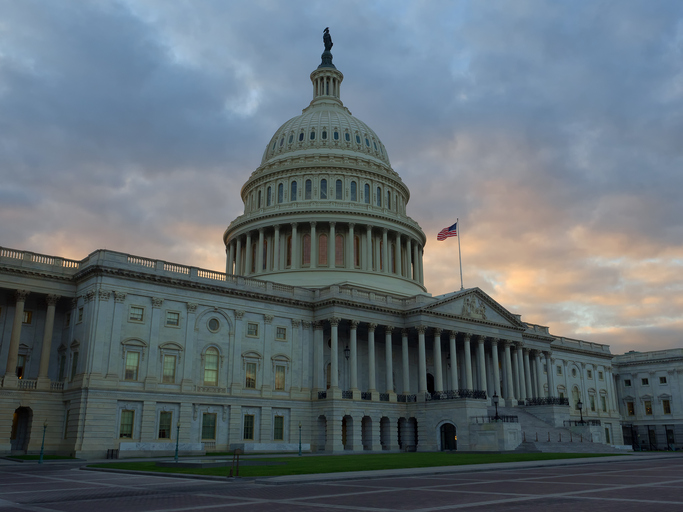 ANDY CLEMENT—GETTY IMAGES
a written description of a new law that is being suggested, which lawmakers must vote on
(noun)
Senators voted to approve the bill.
. The laws prioritize
prioritize
ANDY CLEMENT—GETTY IMAGES
a written description of a new law that is being suggested, which lawmakers must vote on
(noun)
Senators voted to approve the bill.
. The laws prioritize
prioritize
 SOLSTOCK/GETTY IMAGES
to put first
(verb)
I am not going to be on the swim team this year, because I would like to prioritize track practice, instead.
this type of education and provide resources to develop a statewide curriculum.
SOLSTOCK/GETTY IMAGES
to put first
(verb)
I am not going to be on the swim team this year, because I would like to prioritize track practice, instead.
this type of education and provide resources to develop a statewide curriculum.
Connecticut is one of several states, including Florida, Minnesota, and Washington, to strengthen media-literacy instruction. All are part of a movement promoted by the advocacy
advocacy
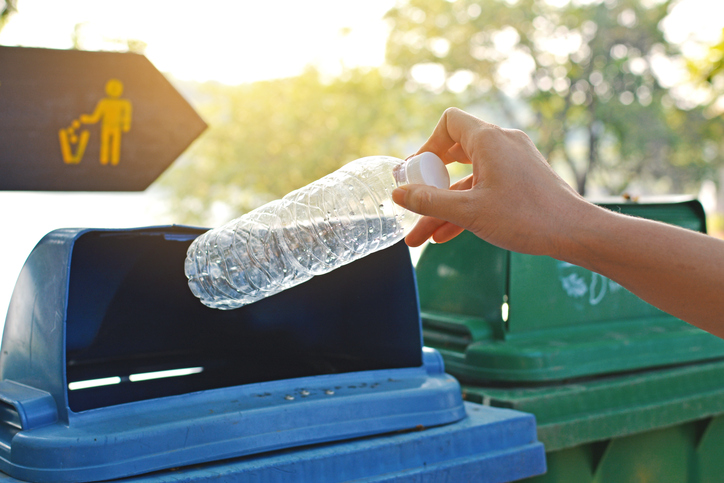 SAWITREE PAMEE—EYEEM/GETTY IMAGES
the act of supporting a cause or proposal
(noun)
Abram is known for his advocacy of recycling.
group Media Literacy Now. The goal is to enhance student skills and push for legislation.
SAWITREE PAMEE—EYEEM/GETTY IMAGES
the act of supporting a cause or proposal
(noun)
Abram is known for his advocacy of recycling.
group Media Literacy Now. The goal is to enhance student skills and push for legislation.
“It’s important for children to be able to navigate all this information,” state senator Terry Gerratana says. She proposed both of Connecticut’s bills. “Even as an adult, it’s very hard to sort it all out.”

DIGITAL AGE Many kids read news on devices that make information available 24/7.
SAHA ENTERTAINMENT/GETTY IMAGESFact or Fiction?
The rise of fake news and Russia’s attempts to manipulate
manipulate
 SLINGSHOT/GETTY IMAGES
to control something or someone in an unfair or selfish way
(verb)
Eduardo can manipulate his parents into giving him ice cream.
social media during the 2016 election fueled the media-literacy movement. “Four years ago, people were not returning my calls,” says Michelle Lipkin of the National Association for Media Literacy Education. “I would have to spend 30 minutes explaining what we do. Now people are seeing media literacy as a part of a solution.”
SLINGSHOT/GETTY IMAGES
to control something or someone in an unfair or selfish way
(verb)
Eduardo can manipulate his parents into giving him ice cream.
social media during the 2016 election fueled the media-literacy movement. “Four years ago, people were not returning my calls,” says Michelle Lipkin of the National Association for Media Literacy Education. “I would have to spend 30 minutes explaining what we do. Now people are seeing media literacy as a part of a solution.”
What is media literacy, exactly? “It’s thinking critically about the information we see, read, and hear,” says Kelly Mendoza of Common Sense Education. The goal is to give students the tools to identify credible
credible
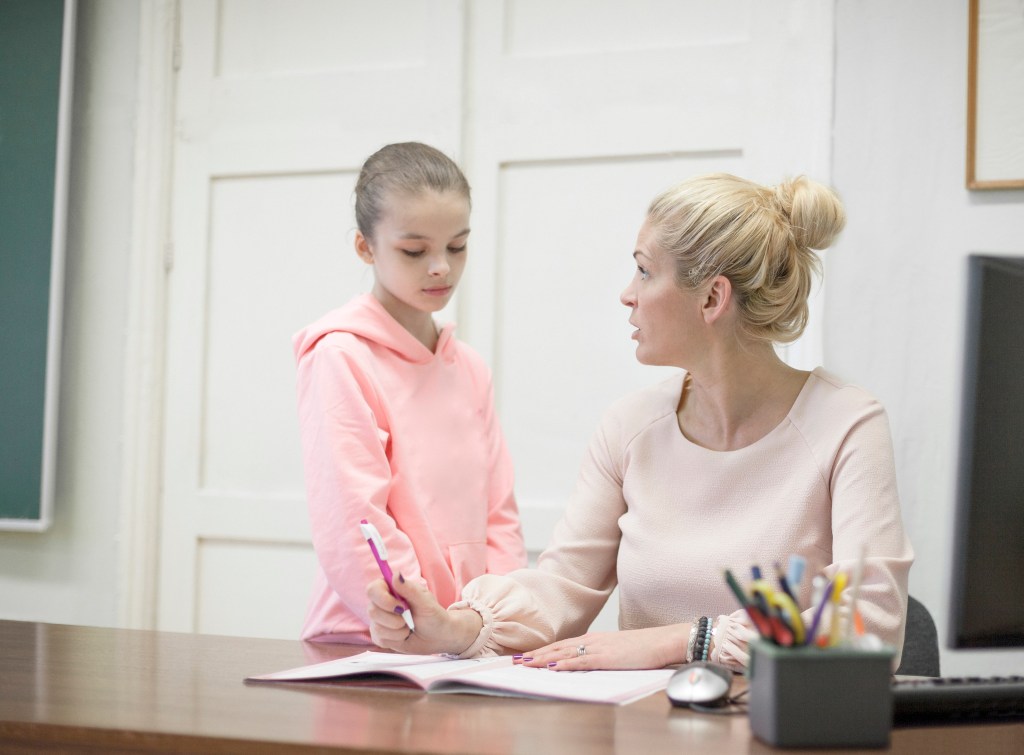 MIKAEL VAISANEN—GETTY IMAGES
believable
(adjective)
Maria said her dog ate her homework, but Mrs. Mable did not find the story credible.
sources and discern
discern
MIKAEL VAISANEN—GETTY IMAGES
believable
(adjective)
Maria said her dog ate her homework, but Mrs. Mable did not find the story credible.
sources and discern
discern
 FATCAMERA/GETTY IMAGES
to understand; to see or understand something as separate and distinct
(verb)
By looking at the chart, students should be able to discern the number of cookies the bakery sold in August.
real from fake news. A 2017 study by Common Sense found that just 44% of kids feel they can accurately spot fake news.
FATCAMERA/GETTY IMAGES
to understand; to see or understand something as separate and distinct
(verb)
By looking at the chart, students should be able to discern the number of cookies the bakery sold in August.
real from fake news. A 2017 study by Common Sense found that just 44% of kids feel they can accurately spot fake news.
Not every state has gone as far as Connecticut and others to support media literacy. Lawmakers in Arizona and Virginia proposed bills. But laws have not been passed. In Missouri, most legislators were not receptive to similar efforts. “We got blank stares,” Donnell Probst says. She is part of the Missouri-based Gateway Media Literacy Partners. “We decided that we first needed to create more awareness around media literacy if we wanted legislation to succeed in the state.”
Despite these setbacks, Lipkin of the National Association for Media Literacy Education is optimistic. “Progress has been slow but steady,” she says. “We need states and the country as a whole to recognize the significance of these skills to allow our kids to succeed in the world.”
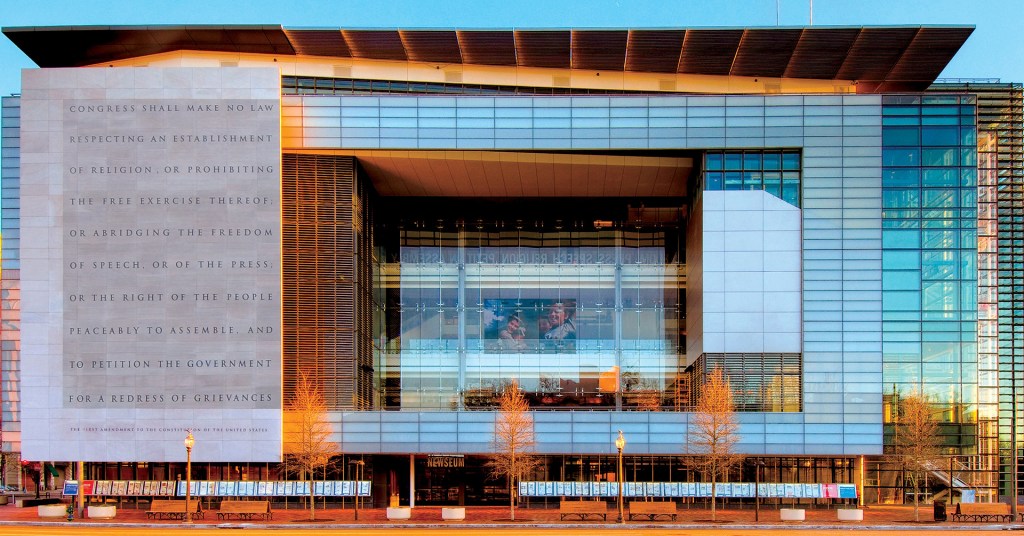
A Free Press
The Newseum (above) in Washington, D.C., is a museum about news. Its mission is to increase understanding of the U.S. Constitution’s First Amendment.
The amendment guarantees five freedoms, including freedom of the press. Many countries do not have a free press. In North Korea and Iran, for example, the government controls what journalists can report.
“It’s the first amendment for a reason,” Newseum spokesperson Sonya Gavankar says. “It’s what our freedom is based on.”
Assessment: Click here for a printable quiz. Teacher subscribers can find the answer key in this week's Teacher's Guide.




